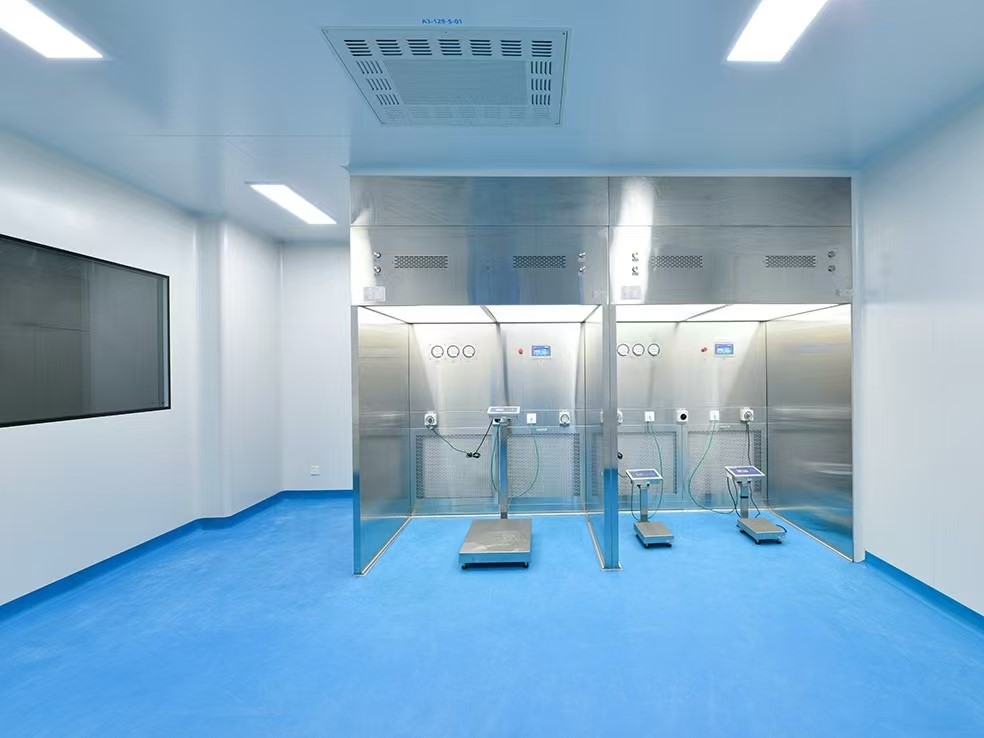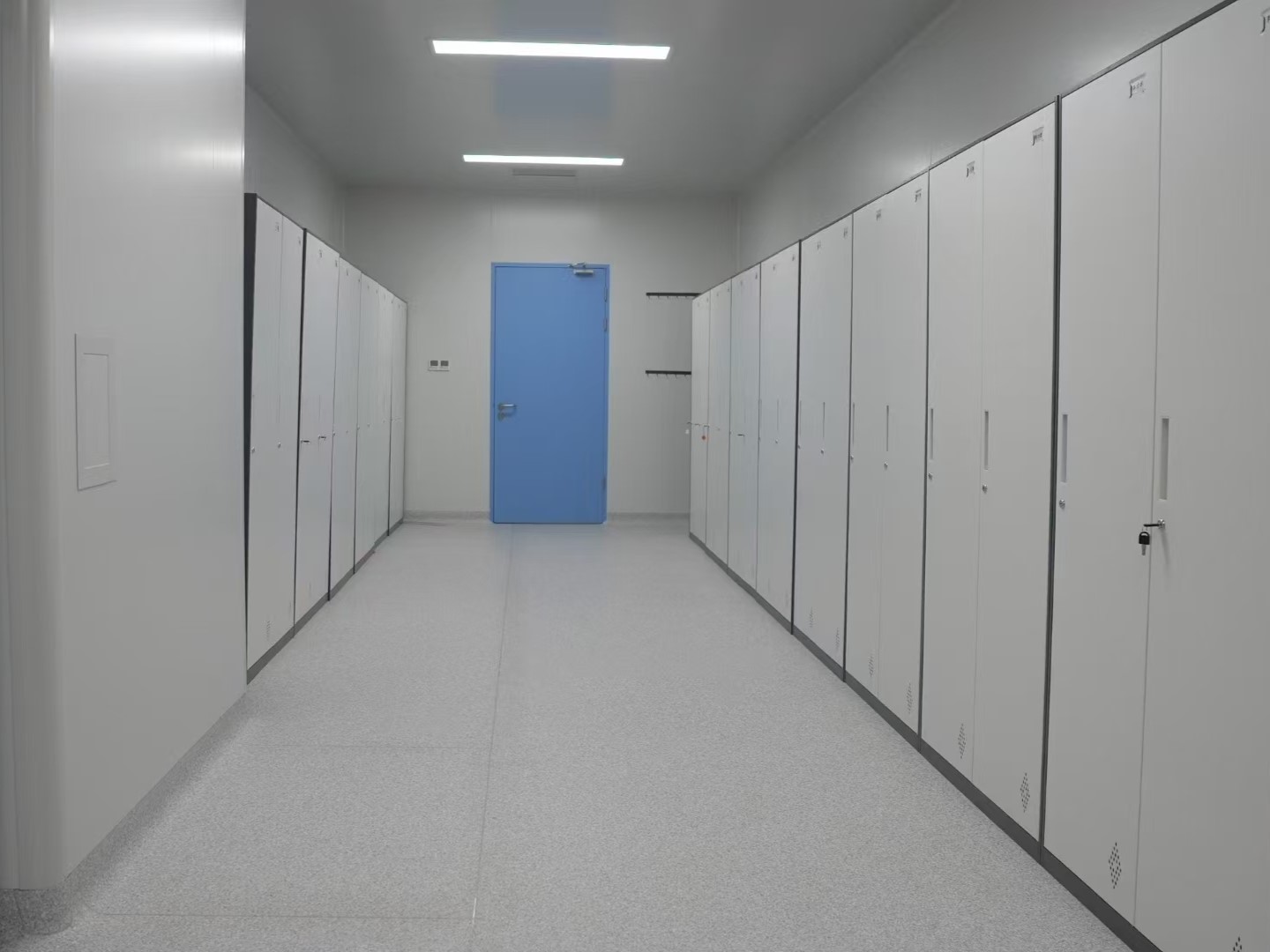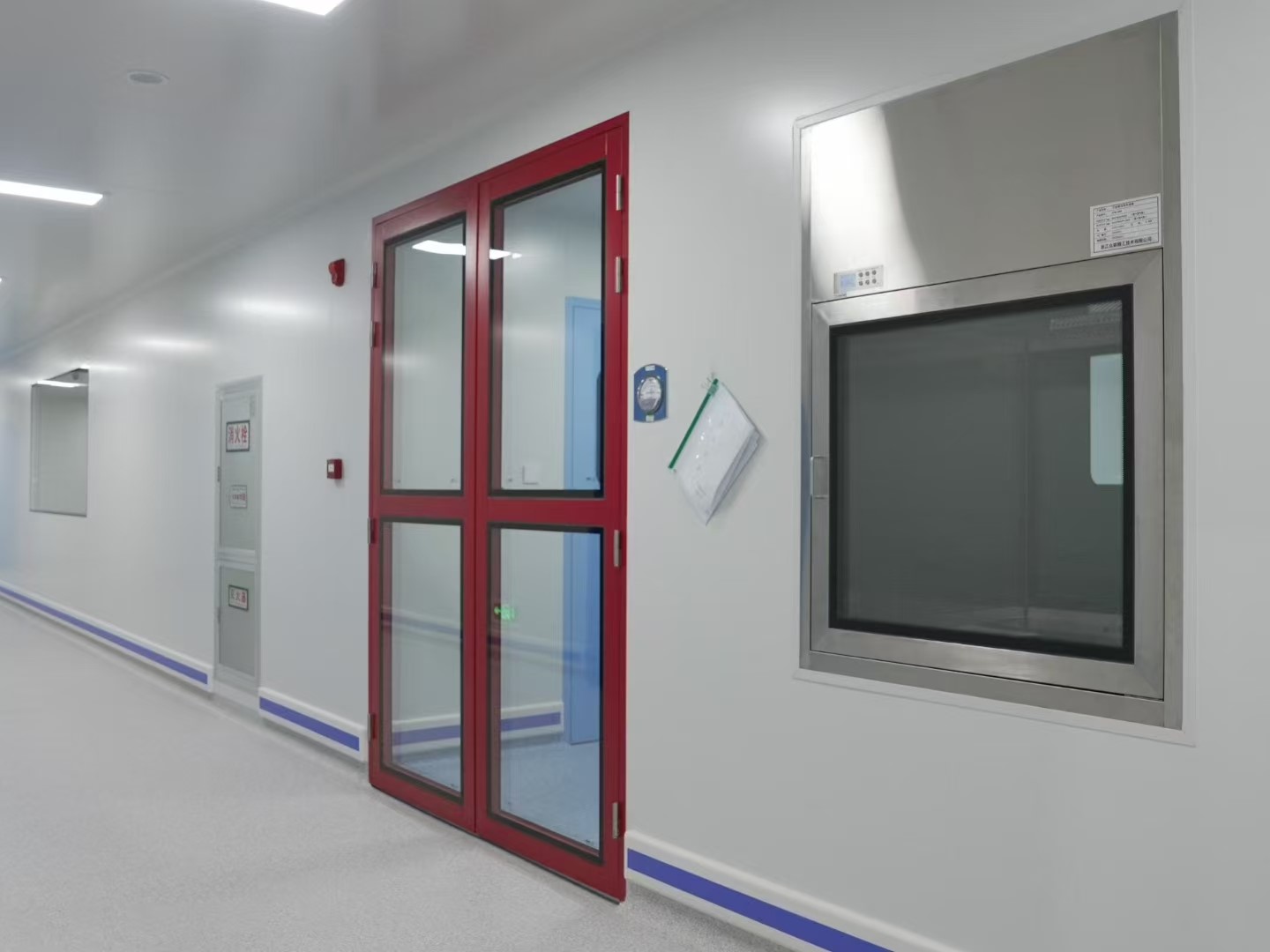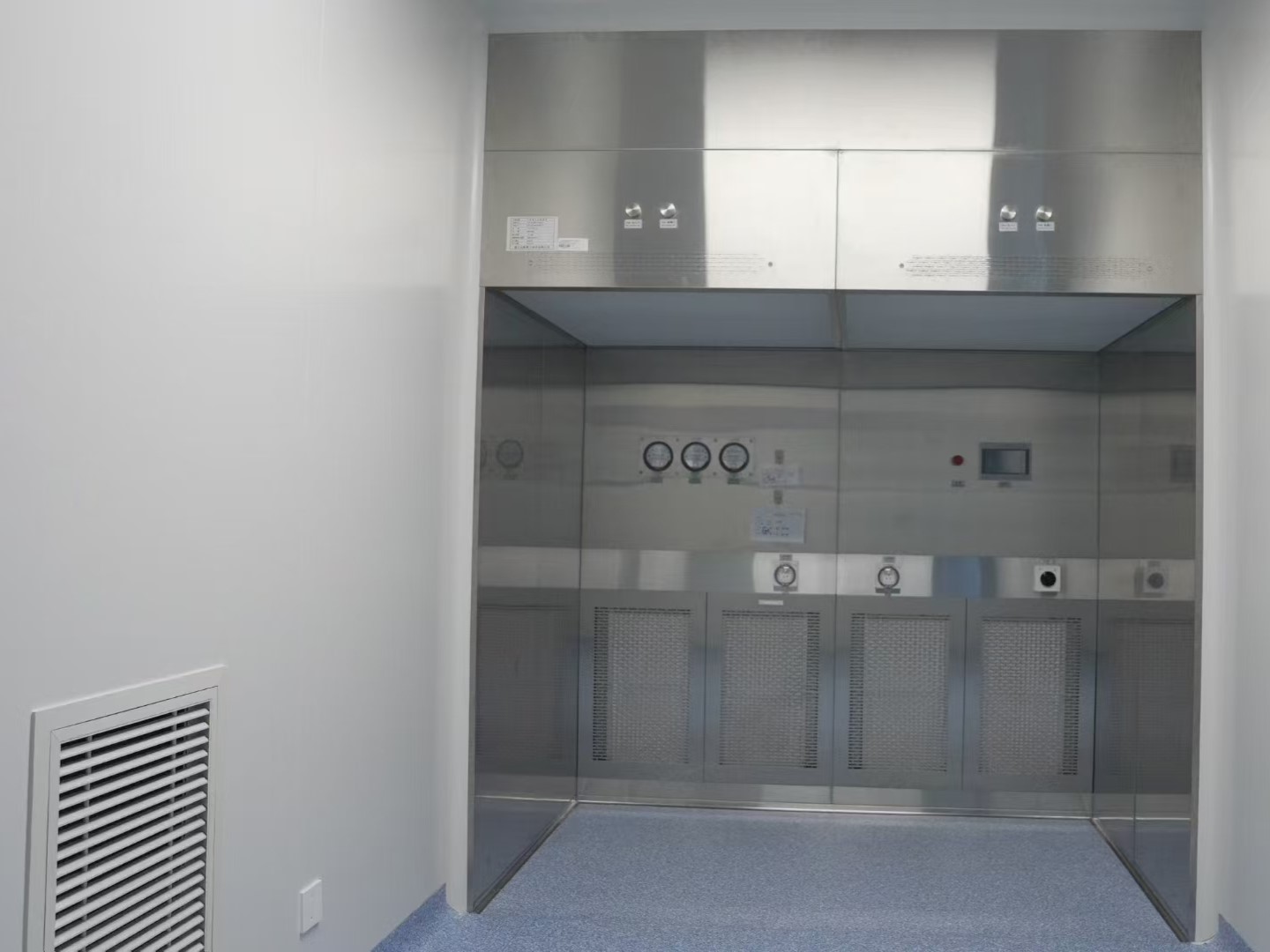

In environments with extremely high cleanliness requirements, such as hospital operating rooms, electronic chip workshops, and biological laboratories, cleanroom construction is crucial for ensuring safe production and scientific research. It's no coincidence that cleanroom panels consistently hold a standard position in cleanroom construction—they address cleanroom requirements that ordinary panels struggle to meet, becoming the cornerstone of cleanroom protection.
1. Control pollution at the source: eliminate "invisible pollution sources" and maintain a cleanroom baseline.
The core requirement of cleanroom construction is "zero pollution," but ordinary panels (such as traditional gypsum board and wood) often have inherent flaws: they easily absorb moisture and mold, shed dust easily, and even gaps between joints can become harboring areas for dust and microorganisms. Cleanroom panels completely avoid this problem from a material perspective, from the perspective of materials to craftsmanship. Core materials such as rock wool, glass magnesium, and silica rock are carefully selected, inherently non-dust-producing, non-moisture-absorbing, and anti-microbial, and therefore do not actively release pollutants. Furthermore, their sealing technology is enhanced: specialized sealants and tongue-and-groove joints are used when joining panels together, completely sealing gaps and effectively preventing dust and bacteria carried by the outside air from entering the cleanroom, effectively eliminating contamination pathways at the source.
Whether it's the strict control of micron-level dust in electronics workshops or the demand for a sterile environment in hospital operating rooms, cleanroom panels provide the first line of defense for cleanliness.
2. Easy to clean and maintain: suitable for frequent cleaning, reducing long-term costs.
Cleanrooms require regular disinfection and cleaning (e.g., post-operative disinfection in hospital operating rooms and daily cleaning in food processing plants). Difficult-to-maintain panel surfaces not only increase cleaning workload but can also leave contaminants in "uncleaned corners," posing safety risks. The surface design of the cleanroom panels is perfectly suited to frequent cleaning needs:
Durable surface material: Galvanized steel, color-coated steel, and other smooth materials are often used, resulting in a pore-free and seamless surface. Disinfectants (such as alcohol and chlorine-based disinfectants) will not corrode or deform after wiping.
High cleaning efficiency: Surface stains can be quickly removed with a rag, eliminating the need for complex tools. This eliminates dead corners where dirt and grime can linger, significantly reducing cleaning time and labor costs while also minimizing damage to the panels during the cleaning process.
3. Stable performance: suitable for harsh environments, ensuring long-term reliability
Cleanroom engineering environments are often unique: some electronics workshops require constant temperature and humidity, hospital operating rooms are subject to frequent contact with disinfectants, and biological laboratories may be exposed to corrosive gases. Ordinary panels are susceptible to deformation and aging in these complex environments over time, compromising the seal and stability of the cleanroom. Cleanroom panels offer stable performance suitable for all scenarios:
Strong multi-dimensional resistance: Not only do they meet fire rating standards (for example, glass-magnesium core cleanroom panels achieve Class A fire rating), they are also moisture-resistant, aging-resistant, and corrosion-resistant. Even in environments with long-term constant temperature and humidity or frequent disinfection, they are less susceptible to deformation, cracking, and fading.
Sufficient structural strength: The panels' high overall rigidity allows them to withstand the loads of ceilings and partitions in cleanroom projects, eliminating the need for additional reinforcement and preventing cleanroom failure due to structural deformation.
For cleanrooms requiring long-term stable operation (such as semiconductor workshops requiring continuous production or hospital operating rooms requiring 24-hour availability), the stability of the cleanroom panels directly determines the cleanroom project's service life.
4. Efficient construction: modular construction shortens project cycles.
Cleanroom projects often face tight deadlines—electronics companies need to start production as quickly as possible, and hospitals need to open new operating rooms as soon as possible. Prolonged construction cycles can directly impact production and medical progress. The modular design of cleanroom panels precisely addresses this pain point:
High degree of prefabrication: Cleanroom panels are prefabricated in the factory, eliminating the need for on-site cutting and polishing (preventing dust pollution). Quick and easy installation: Using a modular installation process, workers simply assemble and secure the panels according to the design drawings. Compared to the traditional on-site plastering and painting process, construction efficiency increases by over 50%, enabling the rapid establishment of a sealed cleanroom.
For example, in a Class 1,000 electronics workshop, using cleanroom panels to construct partition walls and ceilings typically completes the main installation in 1-2 weeks, significantly shortening the project cycle and enabling companies to enter production more quickly.
In summary: Cleanroom panels are not an option; they are a necessity!
The core of cleanroom engineering is a "controllable clean environment." Cleanroom panels, with their four key advantages of pollution control, ease of cleaning, stability, and high efficiency, precisely meet this core requirement. They are not just the "material" for building cleanroom spaces, but also the "core component" that ensures the long-term, reliable operation of cleanroom projects. Whether from a technical perspective or practical application value, cleanroom panels have become the "standard" for cleanroom engineering, a natural choice for industry development.


Post time: Oct-14-2025

